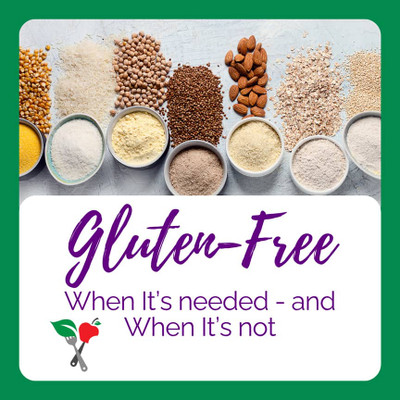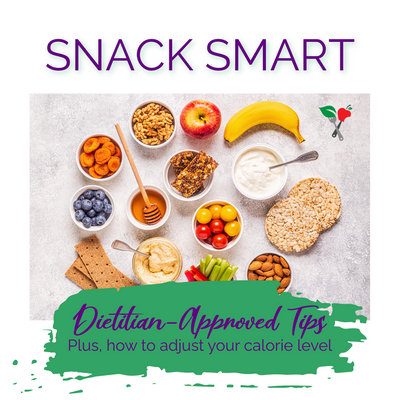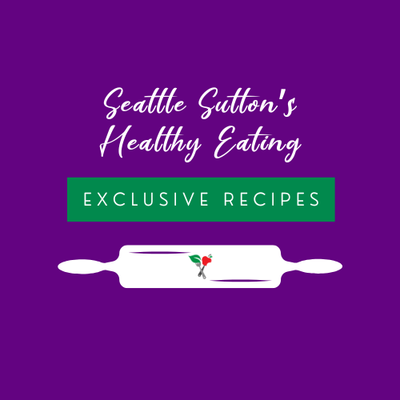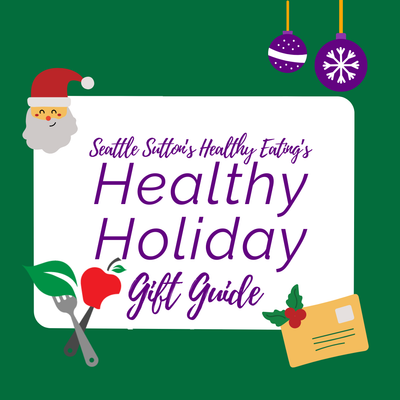Have you ever gone to the grocery store with healthy intentions, only to realize later that you’ve brought home bags filled with borderline junk food? You are not alone. Many people don’t grocery shop the right and healthy way.
There are several do’s and don’ts to follow if you want to makeover your health and it starts in the grocery store aisles! Here are my 5 tips to help you navigate the grocery store with a healthier mindset:
Go it Alone
Sure, we all know not to go to the grocery store hungry. But regardless of the fullness factor, we tend to bring home more junk food when grocery shopping with a significant other or kids. You have a much better chance of sticking to your list if you go it alone. And less junk food in the house means less junk food in the belly.
Don’t Overspend on Trends
Some of the healthiest foods in the grocery store are the some of the cheapest. No need to buy the latest super foods or trendy foods, simply travel to your local grocery and enjoy. Some of these items include yogurt, frozen blueberries, eggs, legumes like beans and lentils, brown rice, milk, peanut butter, tea and rolled oats.
Know the “Whole” Story
Marketers know that nutrition conscious shoppers are looking for whole grains in their products, but often times the outside of the package doesn’t tell you the whole story. Don't be deceived into buying a product labeled "wheat bread," but rather look for the word “whole” as in "whole wheat" or "whole grain" bread, and make sure it is the first ingredient.
Shop the Perimeter
What you will find inside the aisles of the grocery store are often highly processed, high sugar and high sodium foods. Instead, try getting the bulk of your groceries from the perimeter. Think fresh fruits, fresh vegetables, greens, dairy, fish, meat, frozen fruits and frozen vegetables. While it is next to impossible to skip the middle completely, try to limit your processed food choices.
Not All Claims are Regulated
There is an abundance of regulated nutrient content claims that you will notice on a box of food, and it is important to familiarize yourself with these terms. For example, in order for the terms “rich in” or an “excellent source” of a certain nutrient to appear on a package, it must contain 20 percent of the daily value for that nutrient. Or with the term “light” must have 1/3 fewer calories or 50 percent less fat the original. But one of the most common nutrition misconceptions is the term “natural.” This term is completely unregulated and manufacturers get to determine if their food came from a natural source at one time. Don’t be fooled by this overused, inaccurate term that essentially means nothing.
The grocery store can be a very confusing place. Especially when marketers continually try to make their products appear healthier than it actually are. But if you follow some of these healthy grocery store rules, shopping for healthy foods becomes much easier and you avoid forking over money on junk food. Good luck and bon appetite!
Struggling to keep a healthy mindset or too busy to get to the grocery store on a regular basis? Let Seattle Sutton help with a healthy meal plan! These delicious meal options will be delivered to your home ensuring that healthy foods are readily available while you go about your busy day.
Start Your Healthy Journey Today!
Order NowFind More By Category







 Weight Loss
Weight Loss Health & Wellness
Health & Wellness Diabetes
Diabetes Heart Health
Heart Health Motherhood & Family
Motherhood & Family Dietary Restriction
Dietary Restriction Other Health Conditions
Other Health Conditions About SSHE
About SSHE


